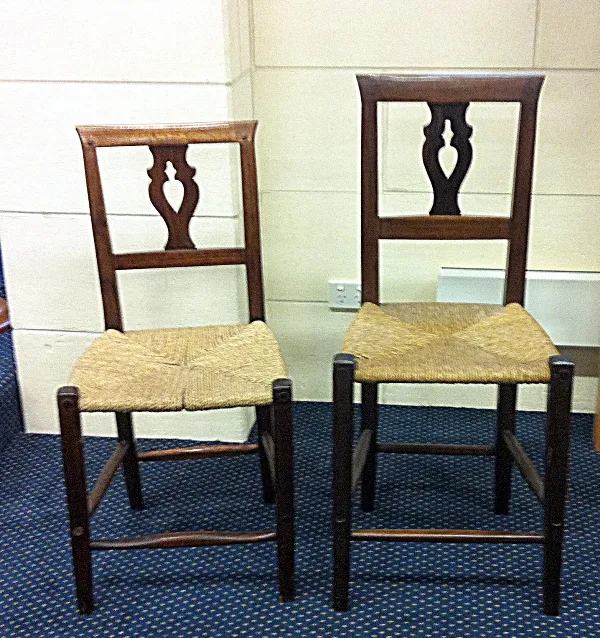… Drouin’s other giant.
It wasn’t until 1992 that E. strzeleckii was
described in its own right. Prior to that, the species was placed somewhere
between E. brookeriana and E. ovata.
Strzelecki Gums can be locally common, but
the entire population of this species is restricted to a very small patch of
West and South Gippsland, from around Drouin to the Latrobe Valley. Another
even smaller outcrop occurs in the Otway Ranges. There are 45 National Parks in
Victoria and the Strzelecki Gum grows in only two of them.
Eucalyptus stzeleckii is a medium-tall
forest tree, 15 to 40 metres, that tends to inhabit floodplains and
creek-lines. New growth (from Aug to Nov) is silvery, which pertains to one of
its common names - Wax-tip. The smooth partly ribbony bark of the Strzelecki
Gum is described as having red-tan tonings over cream to yellow.
The leaf of the Strzelecki Gum often has a
wavy margin. It is lanceolate shaped, concolorous, (same colour on both sides),
glossy and dark green. The juvenile leaves are sometimes a good identifier;
they are red with sometimes silvery patches on them. The leaf contains numerous
oil glands, giving the foliage a strong eucalyptus smell.
E.strzeleckii will regenerate well after a
fire event, but stand alone trees in paddocks that contain stock or introduced
grasses or weeds seldom appear to regenerate naturally.
Research into this species has concluded
that to maintain a healthy genetic diversity it is vital that existing stands
are protected and that connectivity corridors between them are introduced.
Eucalyptus strzeleckii – a Gippsland giant
worth protecting.


